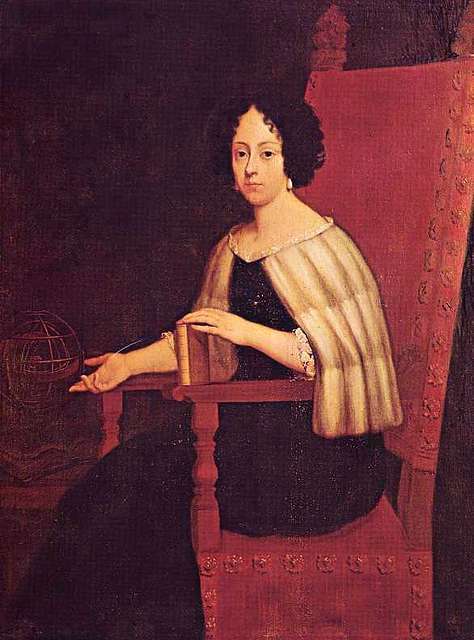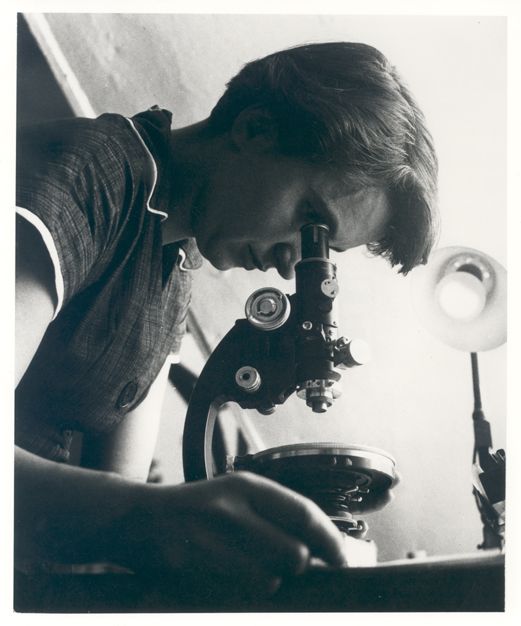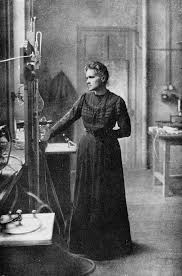Through the centuries, many generations of women have dared to challenge the conventions of their time, breaking academic and social barriers with the strength of their talent, leaving marks that remained hidden for a long time. Symbols of equal rights, equality, and dignity, many of these women revolutionized the history of science and beyond, and continue to do so, today as yesterday.
We are talking about figures that span the entire history: from the first woman to graduate in the world in 1678, to the first woman to hold a chair in advanced physics in 1963, to the Nobel Prize in Chemistry for the two exceptional scientists who discovered the revolutionary CRISPR-Cas9 technique.
The first woman who graduated

Let’s start with a woman well known in our city of Padua: it was June 25, 1678, when Elena Lucrezia Cornaro Piscopia became the first woman in the world to obtain a degree. This event would resonate for a long time not only in Padua and Venice but throughout the continent. However, the echo would not last long: Elena Lucrezia Cornaro Piscopia’s degree would be a quickly closed gap, and nearly two centuries would pass before a woman’s degree ceased to be seen as an extraordinary exception and became a real possibility.
Her degree in philosophy was not just a personal achievement, but an act of defiance against a system that denied women access to the intellectual sphere, thus opening a historical breach in the fortress of knowledge.

Biology
Rosalind Franklin was the one who illuminated one of life’s greatest mysteries: the double-helix structure of DNA. Through her advanced X-ray diffraction techniques, she produced decisive evidence that allowed Watson and Crick to model the structure of DNA, even though her contribution was only recognized posthumously. It was, in fact, thanks to the famous “Photograph 51,” an X-ray diffraction image of DNA produced by Franklin herself and shown to Watson without her consent, that Watson found the key to solve the DNA puzzle.
It was only decades after her death that Rosalind Franklin received the deserved recognition for her fundamental role, becoming a symbol of the fight for scientific justice and academic equity.
Another key figure in molecular biology is June Almeida, the scientist who identified previously unknown viruses, including, in 1966, a group of viruses that would later be known as coronaviruses, using innovative electron microscopy techniques. Her advanced immune electron microscopy (IEM) methodologies revolutionized virological research, contributing significantly to the diagnosis of diseases like hepatitis B, HIV, and rubella. The electron micrographs she created, extraordinarily detailed, continue to be included, even decades later, in reference texts for studying viruses, proving the lasting importance of her discoveries.
Engineering and Computer Science

Moving to engineering, the story of Emily Warren Roebling teaches us how tenacity can overcome any barrier. When her husband, the chief engineer of the Brooklyn Bridge’s construction, fell severely ill, Emily took over the project, teaching herself civil engineering and overseeing the work until the bridge was completed. Her competence and leadership were decisive, so much so that she was recognized as the true mind behind one of modern engineering’s masterpieces.
In more recent times, Fei-Fei Li has opened new horizons in artificial intelligence, laying the foundation for deep learning through the creation of ImageNet, a database that revolutionized image recognition by machines, accelerating the development of computer vision.
In the vast field of computer science, Ada Lovelace anticipated the future by writing the first algorithm in history intended for Charles Babbage’s analytical machine. With extraordinary foresight, she imagined an era in which machines would go beyond simple numerical calculations, laying the theoretical groundwork for modern programming.
Chemistry

Chemistry also bears the indelible mark of extraordinary female figures. Marie Curie, with her unmatched scientific rigor, not only discovered radioactive elements like polonium and radium but was the first person to win two Nobel Prizes in two distinct scientific disciplines—Physics in 1903 and Chemistry in 1911—paving the way for nuclear medicine, in addition to being the first woman to have taught at the Sorbonne, the university that welcomed her in 1981 after she left Russian-occupied Poland, where women could not be admitted to higher education.
Today, Carolyn Bertozzi continues this legacy with her research on bio-orthogonal chemistry, a revolutionary technique that allows the tracing of biochemical reactions within living cells without altering their natural processes, contributing to new therapeutic strategies for treating complex diseases.
This line of research is complemented by the fundamental contributions of Jennifer Doudna and Emmanuelle Charpentier, who were awarded the Nobel Prize in Chemistry in 2020 for the development of CRISPR-Cas9 technology. This genetic editing technique has revolutionized life sciences, enabling precise and targeted modifications of DNA, with extraordinary implications for personalized medicine, gene therapy, and sustainable agriculture.
These are just some of the women who have contributed—and continue to contribute—to science, leaving an indelible mark on their respective fields of study. Their contributions are not isolated exceptions but a constant force that continues to shape our world.
Recognizing and celebrating these figures is not simply an act of historical justice, but an imperative for building a more equitable and innovative scientific future.
Every discovery, every invention, every revolutionary idea born from the minds of these extraordinary women reminds us that science, in its purest essence, belongs to all those who dare to dream, explore, and create without boundaries.